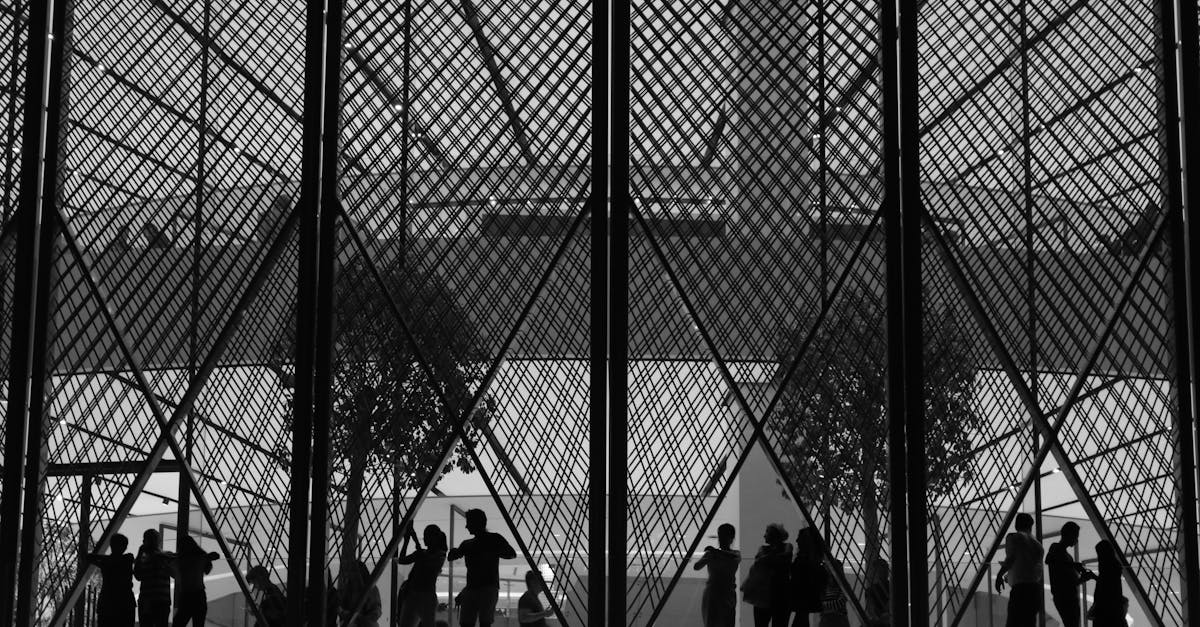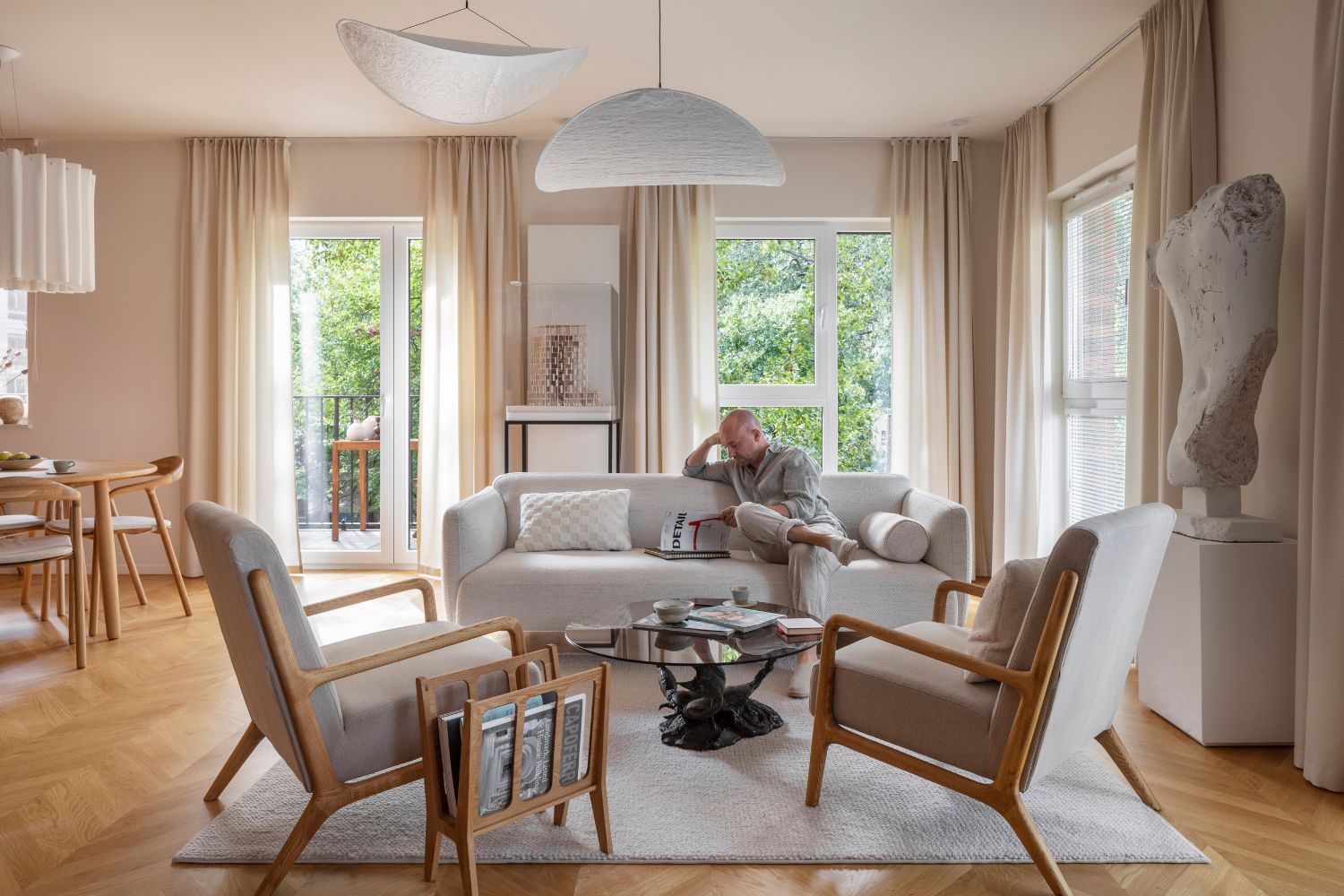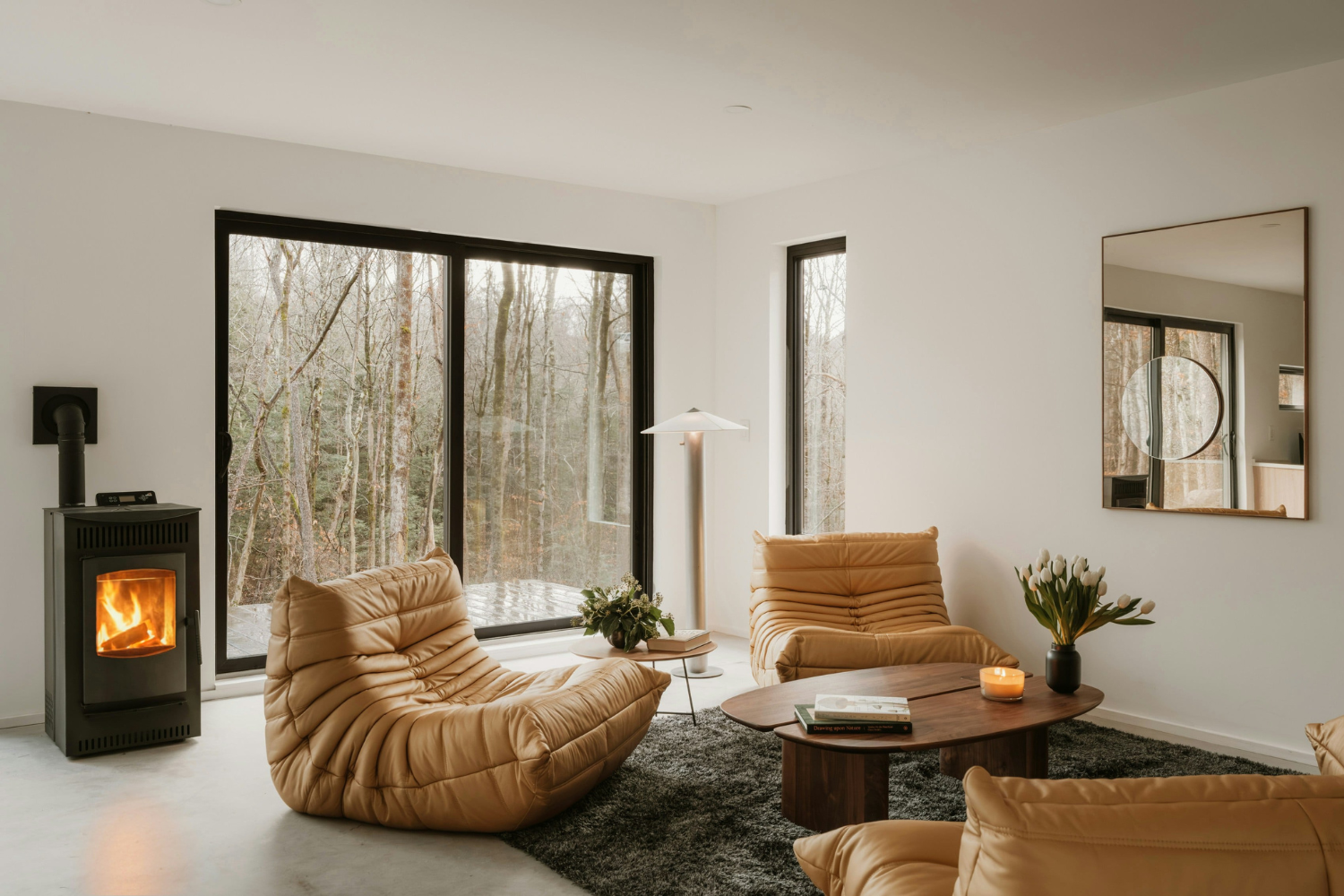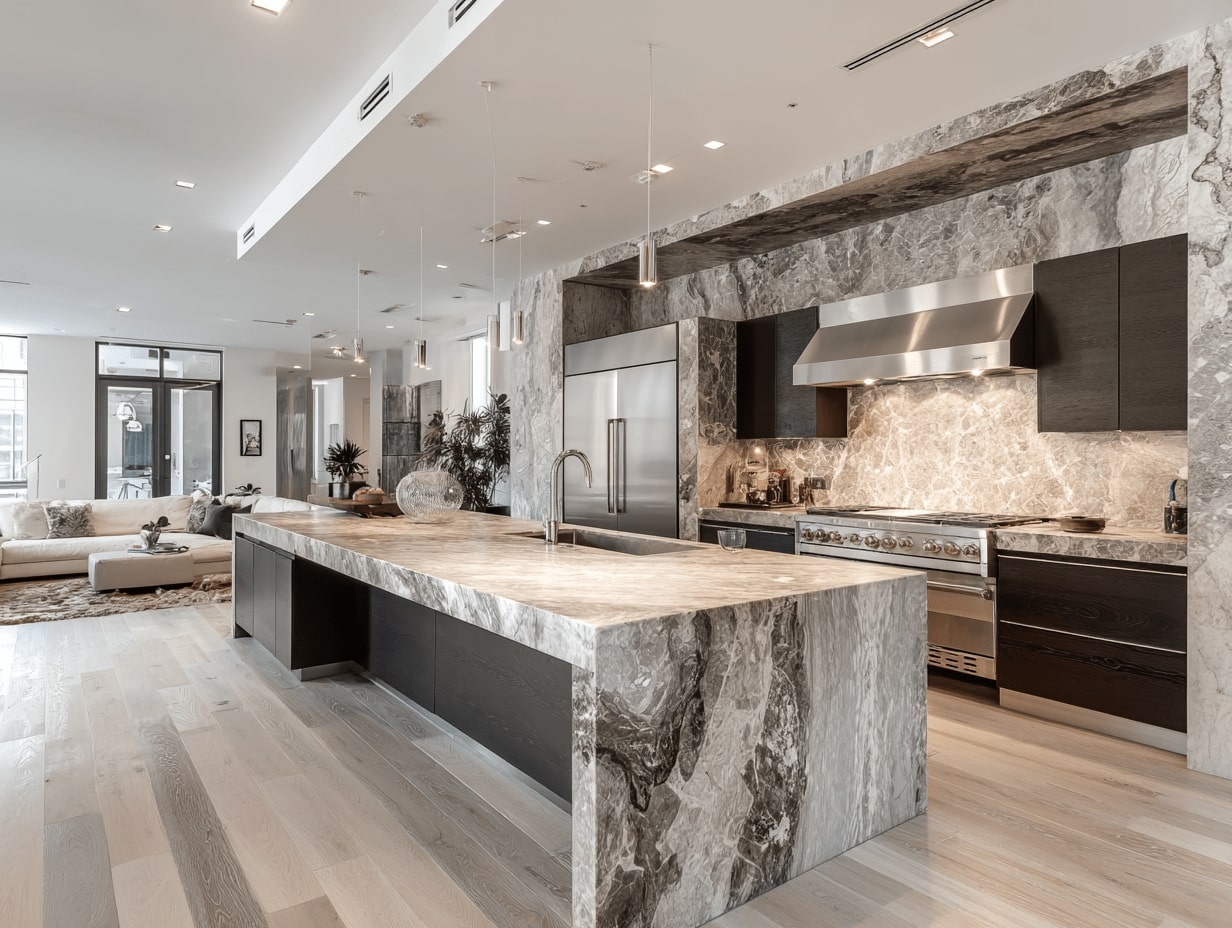- Home
- Articles
- Architectural Portfolio
- Architectral Presentation
- Inspirational Stories
- Architecture News
- Visualization
- BIM Industry
- Facade Design
- Parametric Design
- Career
- Landscape Architecture
- Construction
- Artificial Intelligence
- Sketching
- Design Softwares
- Diagrams
- Writing
- Architectural Tips
- Sustainability
- Courses
- Concept
- Technology
- History & Heritage
- Future of Architecture
- Guides & How-To
- Art & Culture
- Projects
- Interior Design
- Competitions
- Jobs
- Store
- Tools
- More
- Home
- Articles
- Architectural Portfolio
- Architectral Presentation
- Inspirational Stories
- Architecture News
- Visualization
- BIM Industry
- Facade Design
- Parametric Design
- Career
- Landscape Architecture
- Construction
- Artificial Intelligence
- Sketching
- Design Softwares
- Diagrams
- Writing
- Architectural Tips
- Sustainability
- Courses
- Concept
- Technology
- History & Heritage
- Future of Architecture
- Guides & How-To
- Art & Culture
- Projects
- Interior Design
- Competitions
- Jobs
- Store
- Tools
- More
Exploring Steel Homes: Modern Architectural Trends and Benefits
Discover why steel homes are transforming modern architecture with their blend of durability, sustainability, and design versatility. Explore how this revolutionary building material offers eco-friendly, cost-effective solutions while enabling innovative designs and quick construction.

In the ever-evolving world of architecture, steel homes are making their mark as a modern marvel. As we explore this trend, we find that these structures offer more than just a sleek, contemporary aesthetic. Steel homes are celebrated for their durability, sustainability, and versatility, making them a popular choice for forward-thinking homeowners and designers alike.
With the rising demand for eco-friendly housing solutions, steel has emerged as a material that meets these needs without compromising on style or strength. It’s fascinating how steel, once primarily associated with industrial buildings, is now reshaping residential landscapes. As we delve into the world of steel homes, we’ll uncover how this architectural trend is redefining the way we think about modern living spaces.

Table of Contents
ToggleUnderstanding Steel Homes
Steel homes, built using steel frameworks and panels, offer a host of benefits that contribute to their rising popularity in modern architecture. One of the primary advantages lies in their exceptional durability; steel’s inherent strength resists environmental stressors like wind, earthquakes, and fire, ensuring structures remain intact for decades. In addition to their strength, steel homes support sustainability efforts. The material is recyclable and minimizes construction waste, aligning with eco-friendly initiatives and reducing environmental impact.
Another key aspect of steel homes is their design versatility. Unlike traditional materials, steel supports expansive open-plan layouts and innovative architectural styles. This flexibility allows architects to create unique configurations and adapt designs to accommodate various aesthetic preferences. Steel homes also facilitate quicker construction times. Prefabricated components and streamlined assembly processes reduce labor requirements and minimize project delays, benefiting both builders and homeowners.
The combination of these features positions steel homes as a compelling option for those embracing contemporary living trends. By integrating strength, sustainability, and design flexibility, steel homes redefine residential architecture, aligning with modern demands for efficient and stylish living spaces.

Advantages of Steel Homes
Steel homes offer numerous benefits, appealing to both eco-conscious consumers and design-savvy individuals. Let’s explore the key advantages of choosing steel as a building material.
Durability and Strength
Steel homes boast exceptional resilience, withstanding harsh weather conditions like high winds, earthquakes, and fires. Steel’s inherent strength ensures structural integrity over time, requiring less maintenance compared to traditional materials like wood. This robustness leads to longer-lasting buildings, reducing repair costs and increasing overall safety.
Environmental Benefits
Steel’s sustainability stands out due to its recyclability, helping minimize construction waste. Manufacturing steel involves lower carbon emissions compared to other materials, contributing to eco-friendly construction practices. The precise fabrication and prefabrication options in steel construction lead to reduced material waste and energy use, making steel a sustainable choice in modern architecture.

Modern Architectural Trends in Steel Homes
Steel homes showcase innovative architectural trends that redefine residential design. They seamlessly combine form and function to create stylish and efficient living spaces.
Minimalist Design
Minimalist design principles in steel homes emphasize simplicity and functionality. Designers often use clean lines, open spaces, and neutral colors to achieve aesthetic appeal and practicality. Steel’s strength allows for larger windows and fewer interior walls, enhancing natural light and creating a sense of spaciousness. By integrating multifunctional furniture and storage solutions, these homes provide comfort without clutter.
Eco-Friendly Features
Eco-friendly features make steel homes a sustainable choice. These features include energy-efficient systems and materials that reduce overall impact. Steel’s recyclability contributes to resource conservation, while its durability minimizes the need for replacements. Passive solar design and advanced insulation techniques reduce energy usage, enhancing energy efficiency. Green roofing and rainwater collection systems further minimize environmental footprints, aligning with sustainable living values.

Comparing Steel Homes to Traditional Homes
Metal buildings and traditional homes, which include wood and brick structures, differ significantly. Durability is a key distinction; steel homes demonstrate superior resistance to natural disasters like earthquakes and fires, unlike wood homes, which are susceptible to damage and decay. Steel’s strength reduces ongoing maintenance, translating to cost savings over time.
Environmental impact sets steel homes apart. Steel, being recyclable, offers a sustainable choice compared to brick and wood, which contribute more to construction waste and deforestation. Steel homes often feature energy-efficient designs, aligning with eco-friendly practices.
Design flexibility is another differentiator. Steel allows for open-plan layouts and large windows, offering spaciousness and natural light, which traditional homes with load-bearing walls restrict. This adaptability supports modern minimalist trends, creating airy and harmonious living environments.
Construction speed adds further distinction. Prefabricated steel components simplify and accelerate building processes, reducing labor costs and project timelines. Traditional homes, reliant on site-built methods, incur longer construction periods and often face weather-related delays.
In essence, while traditional homes have their own charm and aesthetic appeal, steel homes provide a modern alternative that excels in durability, sustainability, design flexibility, and construction efficiency.

Future of Steel Homes in Architecture
The future of steel structures in architecture looks promising as we continue to embrace sustainable and innovative building solutions. Steel’s adaptability plays a pivotal role in this trend. We see architects increasingly opting for steel due to its ability to support creative, futuristic designs. Structural flexibility, offered by steel, enables the construction of bold geometries and unconventional shapes, setting new precedents in architectural aesthetics.
Technological advancements in steel processing enhance its appeal. We can now utilize advanced coatings and treatment processes to increase steel’s resistance to corrosion and environmental factors, ensuring longevity. These improvements help in reducing maintenance burdens, aligning with a growing preference for low-maintenance living environments.
Incorporating smart home technologies within steel structures is another trend. As smart technologies become integral to modern life, steel homes offer an ideal framework for seamless integration. We can embed sensors directly into steel components, allowing for enhanced home automation, energy management, and security systems.
Sustainability remains a key consideration. We observe an increasing demand for eco-friendly materials and energy-efficient designs. Steel’s recyclability and durability, coupled with its ability to accommodate renewable energy solutions, position it as a frontrunner in eco-conscious architectural developments. We foresee an expansion in green building certifications for steel constructions, reinforcing their reputation as sustainable options.
Finally, prefabrication continues to gain traction, thanks to steel’s properties. Factory-produced steel components can be quickly assembled on-site, reducing construction time and costs. This efficiency not only caters to the urgent housing demand but also leads to a more controlled and less wasteful construction process. As we move forward, the adoption of steel homes is likely to increase, driven by these technological, environmental, and economic factors.
Conclusion
Steel homes represent a pivotal shift in modern architecture, marrying functionality with aesthetic elegance. Their durability, sustainability, and design versatility set them apart from traditional structures, offering solutions that align with contemporary values of efficiency and ecological responsibility. As the demand for environmentally friendly and innovative housing grows, steel homes stand at the forefront, poised to redefine residential design with their unique blend of strength and beauty.
- advantages of steel homes
- affordable steel homes
- contemporary steel houses
- durable steel homes
- eco-friendly steel homes
- energy efficient steel homes
- fire resistant steel homes
- innovative steel architecture
- metal home trends
- modern steel architecture
- modern steel homes
- prefabricated steel homes
- steel buildings
- steel construction homes
- steel frame construction
- steel home architecture
- steel home benefits
- steel home insulation
- steel homes
- steel homes cost
- steel homes technology
- steel house design
- steel vs wood homes
- sustainable steel homes
illustrarch is your daily dose of architecture. Leading community designed for all lovers of illustration and #drawing.
Submit your architectural projects
Follow these steps for submission your project. Submission FormLatest Posts
Modern American Homes: Interior Design Trends to Watch in 2026
Interior design in the United States is evolving toward warmer, more adaptable,...
BXB Studio’s Hybrid Interior: Redefining the Modern Architectural Workplace
The Warsaw headquarters of BXB Studio was established in a modest 70...
5 Must-Know Interior Design Trends in American Homes
From warm minimalism to bold oversized artwork, these five interior design trends...
How Open Kitchens Create a Sense of Space Indoors (Without Sacrificing Function)
Open kitchens: see how sightlines, lighting, and smart layouts make rooms feel...












Leave a comment